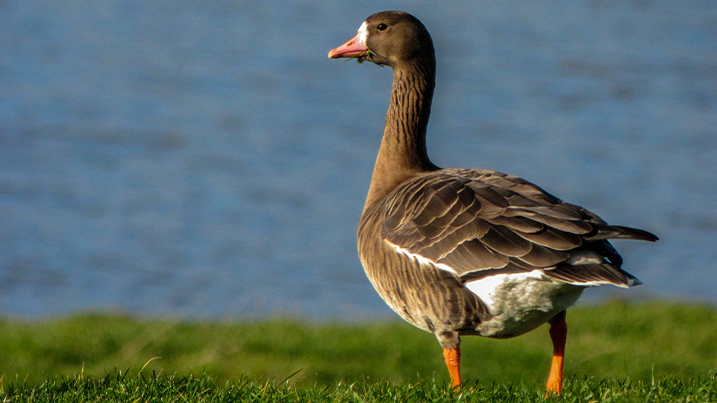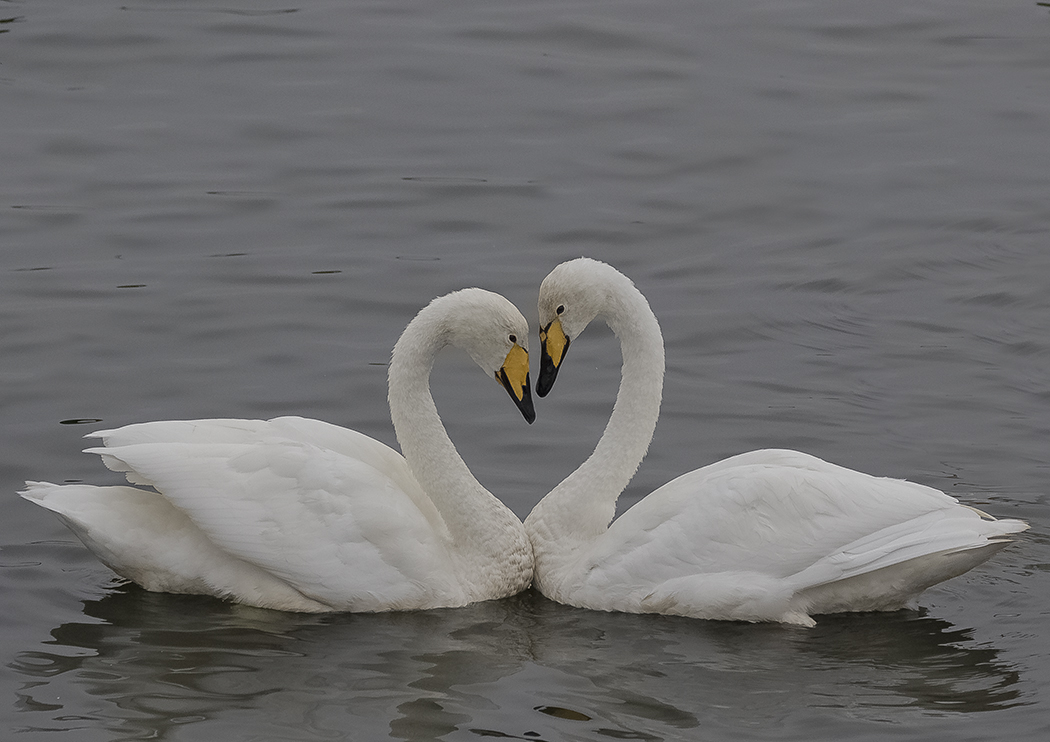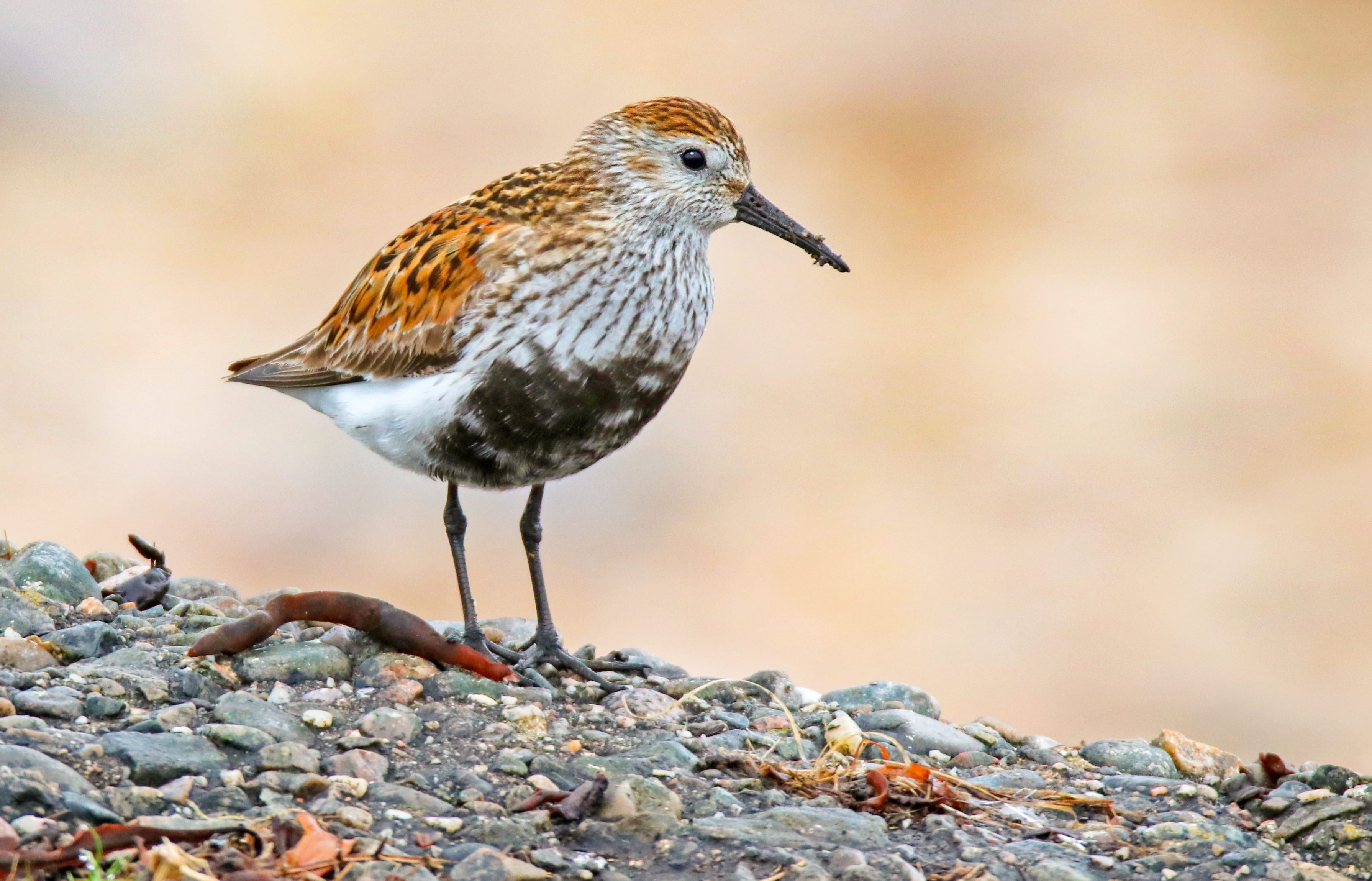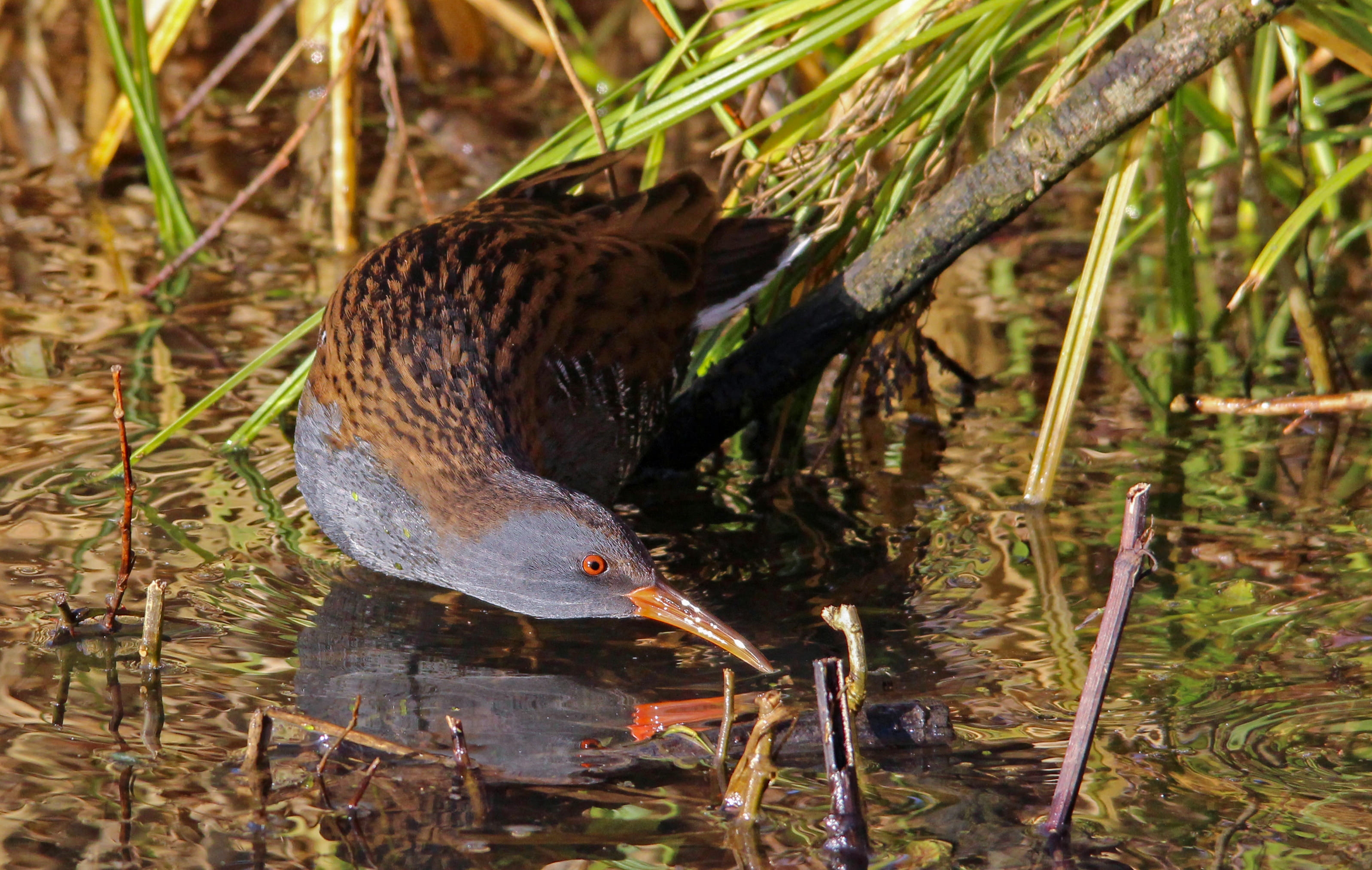Latest Sightings
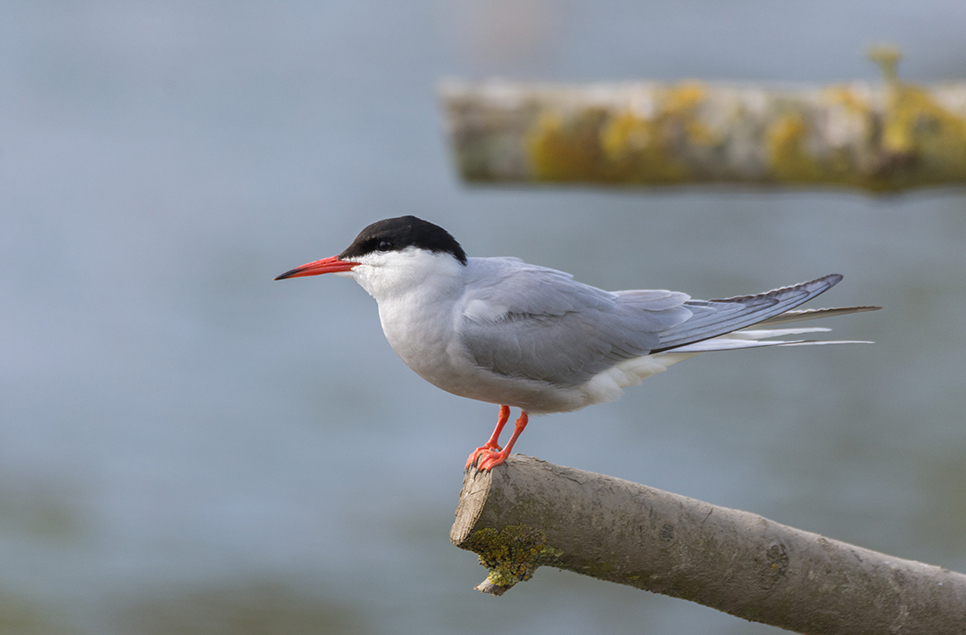
The weather here at Martin Mere this week has been as spectacular as the diversity of species now present on the reserve.
On the main mere today, 7 House Martins were seen swooping down to the water's surface for a drink after their long migration back from Africa. Other related species seen recently include Swallows and Sand Martins, both of which have been found on site this week.
1 Cuckoo was spotted on the reedbed on Tuesday, which is also home to an increasing number of warbler species, such as Sedge Warblers, Reed Warblers and Blackcap. 1 Bittern was heard today from the reedbed 'booming', producing a loud, deep sound used by male Bitterns to attract a mate. 3 Whitethroat were seen flying across along the path between our Rees and Gordon Taylor hides today, landing on low trees and fences, which are perfect spots to observe them from.
1 Spoonbill, which is the first of the year to be seen here at Martin Mere, was spotted at woodend marsh, alongside the first Wood Sandpiper on site this year. Both of these birds were seen on Tuesday and Wednesday alongside other wetland specialists, including 1 Whimbrel, 2 Greenshank, 3 Little Ringed Plovers, 2 Ringed Plovers, 7 Ruff and 1 Common Sandpiper. 1 Buzzard, 1 Yellow Wagtail and 1 Stock Dove were also seen on woodend marsh, along with 1 Peregrine that was present both today and on Wednesday.
2 Little Grebe, 6 Tufted Ducks, 3 Gadwall and numerous Greylag Geese and Canada Geese were seen from the Harrier hide today, as well as 2 Great Crested Grebes, which were observed gathering reeds and other pond plants as nesting material.
4 Common Terns have been seen from the Discovery hide today, along with 2 other individuals seen from Rees hide. These birds will hopefully nest on site successfully this year, as well as the Black-Headed Gulls and Mediterranean Gulls, 2 of which were spotted today on the mere. Mediterranean Gulls can be difficult to spot when surrounded by their more common Black-Headed Gull counterparts, but they can be identified by their differing call, vibrant red bill and darker black head colour which wraps fully around the head toward the base of the skull. 2 Oystercatchers were also seen up close from Discovery.
1 Dunlin and 1 Black-Tailed Godwit were spotted from the Gordon Taylor hide today in their vibrant Spring / Summer plumage, alongside 16 Avocets and 3 Redshank.
On the woodland path leading up to the Raines Observatory, 1 Goldcrest was seen. Further up the path from the Mereview hide, 1 Linnet was observed singing. 1 Stonechat was spotted from the Ron Barker hide as well as 1 Marsh Harrier, 1 Cetti's Warbler and 1 Common Gull.
Photograph of a Common Tern.
